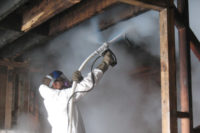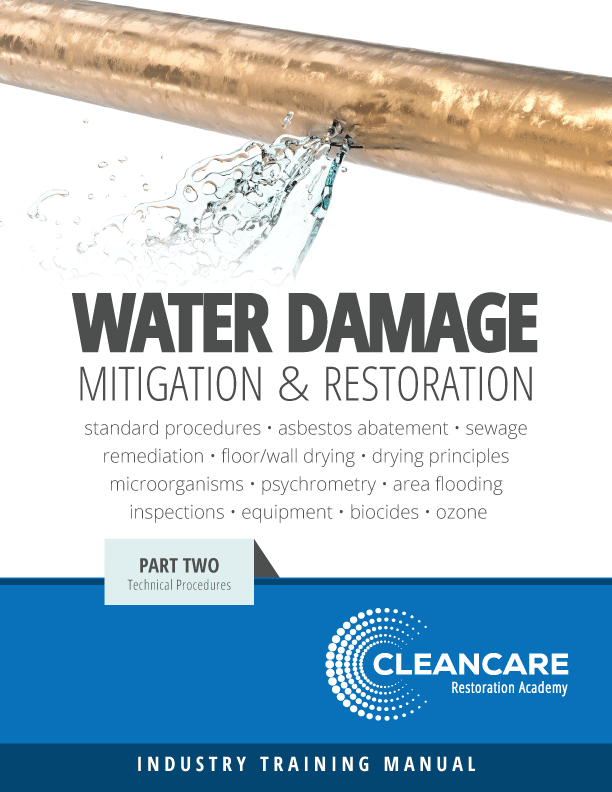Getting Down and Dirty with Stone Restoration
“We saw a need in the marketplace for stone restoration,” Laviolette says. “There’s just not a lot of people that are doing it correctly.”








While Detroit, MI is somewhat of a whipping boy for national news anchors and economists, what often gets lost in the shuffle is the rebirth that the city’s downtown is in the midst of. Michigan native and Quicken Loans Chairman/Founder Dan Gilbert is regularly purchasing and restoring buildings (he currently owns/controls 30 of them or about 7.6 million square feet), new businesses are continuously moving downtown and the city recently OK’ed plans for a brand spanking new downtown NHL hockey arena and entertainment district.
Yes, the commercial real estate market is picking back up in downtown Detroit – and that’s often where you can find Gregg Laviolette (Stone Restoration Services; Troy, MI). Only he isn’t involved in real estate, but restoration. Specifically, with stone.
“A lot of those old buildings down there have a lot of beautiful old marble,” he says, noting that some of the floors are 80 years old with a large amount of foot traffic. “We’re down there (working) every week.”
Laviolette and his three-van Stone Restoration Services team have been performing the work since 2007. Though they received some formal training, a lot of their experience came from trial-and-error due to a lack of standards for the work. Today, they operate out of Troy, MI – a city about 40 minutes north of Detroit – and restore the likes of granite, marble, slate, travertine and limestone. They specialize in floors, but also work on counters and walls. While much of their business today involves working in downtown Detroit, they also service high-end homes built with natural stone features.
“We saw a need in the marketplace for stone restoration,” Laviolette says. “There’s just not a lot of people that are doing it correctly.”
Laviolette is quick to note that stone restoration is far from a walk in the park. There are different stones, different chemicals to help restore and refinish each stone type and a different set of methods to implement that are dictated by this stone type and wear.
“I would analogize it to hardwood floor,” Laviolette says of the diamond honing process that’s used. “We use a floor machine, a planetary floor machine. We can go from 14 to 32-inch machines. These particular machines use a diamond abrasive resin pad – that’s what we use to refinish it.
“We start with a low-grit diamond abrasive, let’s say 60 grit. Then we work to a 120, then a 240. So we work in steps and stages with various grit sizes until we get a level of sheen that we like. And then the last step is polish.”
Jobs can take anywhere from one day to several weeks to complete.
Stone restoration, Laviolette says, is somewhat like recreating the stone fabrication process on site. When the stone is initially quarried from the mountains, it comes out dull. It’s then sent to a fabricator, who gives it its shine.
So what exactly do you need to get started with stone restoration? Laviolette recommends expecting to fork over up to $50,000 for equipment. There are the planetary floor machines, diamond tooling, grinding tools, chemicals, not to mention the transportation to get the equipment and materials to the jobsite and back. Laviolette says that their vans are all truckmounted to help clean up the slurry of marble dust and water that’s often left following a restoration job. The truckmount, he says, makes for an easier cleanup process.
“It is definitely not a mature market,” Laviolette says of stone restoration. “It’s a growing market – and it’s definitely becoming more popular.”
Looking for a reprint of this article?
From high-res PDFs to custom plaques, order your copy today!












